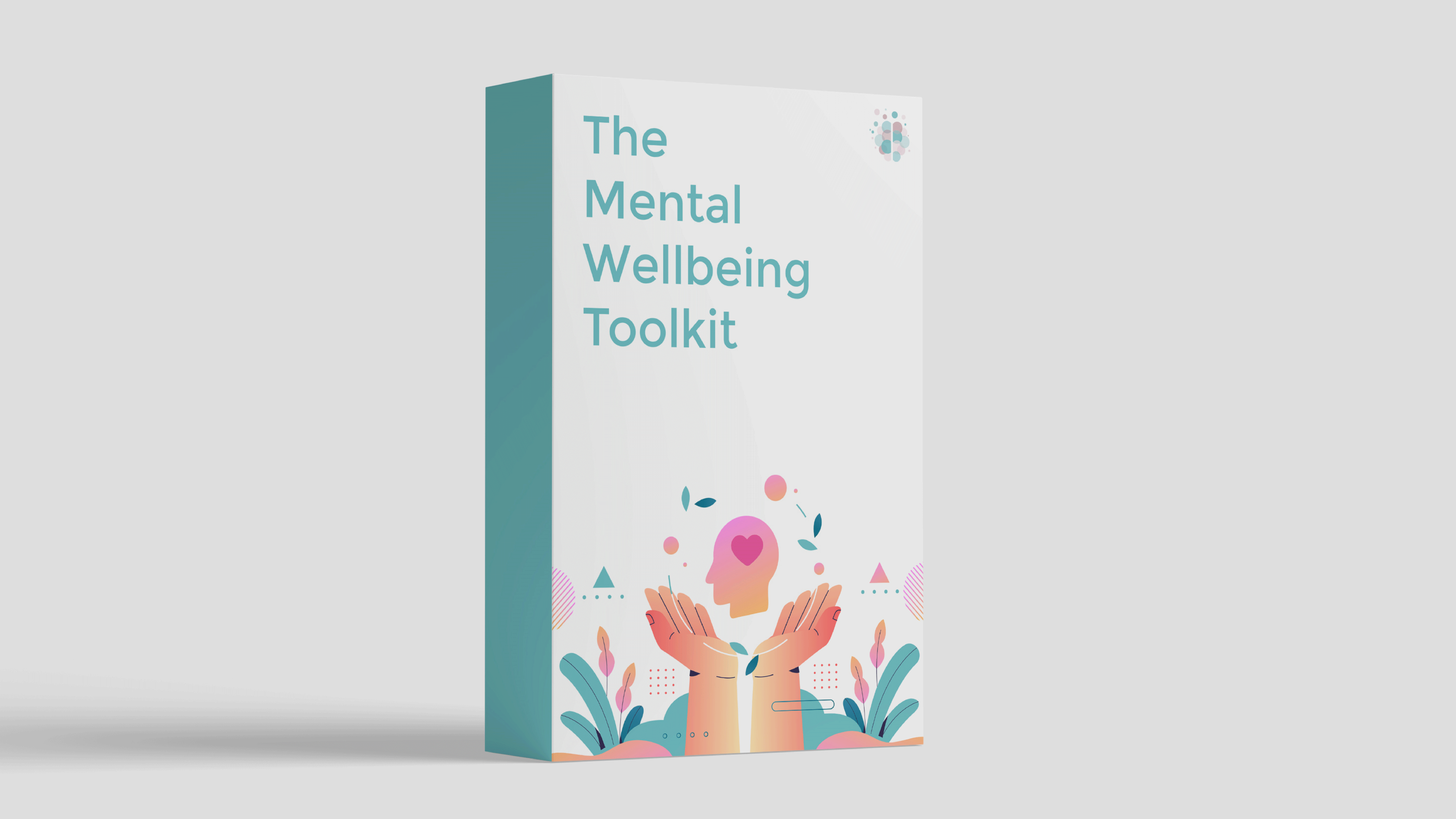Worry is the natural human tendency to think about possible unpleasant outcomes.
Perhaps you worry about being late to work, your child getting hurt, losing your job, or how others perceive you.
Perhaps your worry is more complex. Maybe it’s about the evil in the world, or the possibility of your children suffering, or losing something you love. Sometimes worry relates to big things and other times it’s all the way down to the small.
Worry is a friend of anxiety, where our worries become more general and impact our daily lives.
The American Psychological Association explains:
“Anxiety is an emotion characterized by feelings of tension, worried thoughts and physical changes like increased blood pressure. People with anxiety usually have recurring intrusive thoughts or concerns. They may avoid certain situations out of worry. They may also have physical symptoms such as sweating, trembling, dizziness or a rapid heartbeat.”
You can see the similarities here. Worry is known to be more temporary. It comes and goes. Anxiety may be more persistent and generalized to many different things. If your worry is on the fence of becoming more persistent, it might be crossing the threshold to anxiety.
There are many techniques to manage worry. Here are just a few to get you started on shifting your worry to a quieter voice.
5 Techniques to Reduce Worry
1. Name Your Worry
Name your internal worry voice. This helps you externalize the worry which creates some distance between you and the thought.
Be playful with this. When Sally (or whomever you’ve named your worry) comes up bugging you with worries, you can say back to yourself “Not today, Sally” or “Thank you for your concern, Sally, though I don’t need your help at this time.”
Treat your worry friend as someone with important things to say, but one you’d like to silence at times.
2. The Container Exercise
Bring to mind a container - something you can close and lock up. As you close your eyes, imagine what this container looks like. Think through what color it might be, the material or texture, the type of lock on it, and where you might put the key.
As you close your eyes with this container in mind, imagine putting those worries in there and lock it up afterwards. The worries will be there for you if and when you’d like to revisit. You’re free to take them out whenever you’d like. Or, you’re also free to leave them in there.
3. Practice Grounding Exercises
Grounding exercises allow you to be present by accessing the five senses (sight, touch, taste, smell, hearing).
As you become more present, worry thoughts often naturally fade away.
Here are some ways you can practice grounding:
- Take a cool or hot drink and notice the taste, temperature, and what the glass feels like
- Close your eyes and listen to relaxing music
- Pick a colour then look around you and notice the objects containing that colour. Pick a different colour and repeat this process until you start to feel more grounded
- Go for a mindful walk
- Simply notice the sounds you hear in the room or outside
4. Schedule Worry Time
Here’s a popular technique for reducing worry: Worry time.
This involves containing your worry within a specific time limit. Set a timer. When worry comes up outside of that timer or set timeframe, you’ll need to practice disengaging with the worry thoughts that arise. You can do this by speaking back to your worry or mind, distracting yourself, reframing or changing your thoughts, or practicing grounding skills mentioned above.
5. Locus of Control
There’s limited things you can control, and many things you cannot control. What’s within your control? Perhaps it’s the time you wake up in the morning, or the clothes you wear, or the type of music you listen to. Maybe it’s more like the people you speak to, or the aesthetic in your home.
There are many things out of your control, like traffic during rush hour or how another person responds. Focusing on the items in your control may allow for greater feelings of agency and empowerment.
Summary
We all worry. Some of us more than others.
If your worry becomes unmanageable, it might be time to seek out some additional support through therapy. Therapy’s an avenue to discover the root of worry and learn new coping skills to manage worry.
Remember, pieces of your worry voice may be beneficial or telling you something important. Your worry may keep you aware and focused, propel you into taking action, and possibly make efforts to protect you from suffering or pain.
If you’re wanting more mastery over your worry, you can form a new relationship with that worry. Begin practicing by scheduling your worry time, creating a name for the worry voice, using the container and grounding exercises, and lastly remembering what’s really in your control.
You can put your friend worry in the backseat and invite them up front when you’d like to do so.
Self-Guided Support for Reducing Worry
Research shows that self-help materials are often enough for people to overcome mild to moderate mental health difficulties without professional support.
If you’re interested in a self-guided program that includes tools from CBT, DBT, ACT and more, be sure to check out The Mental Wellbeing Toolkit. It's "like 10 therapy sessions in one."

About Brittany
Brittany Ellmer is a Licensed Mental Health Counselor and Clinical Manager with expertise working with anxiety, depression, and survivors of trauma. Brittany has experience working in settings such as residential treatment, outpatient treatment, private practice, higher education, and in workplace wellbeing spaces. Brittany approaches therapy from a trauma-informed attachment based lens with the belief that our early life experiences shape who we are.Brittany provides individual therapy through her private practice, the Healing Collective Counseling & Consulting PLLC. Learn more about Brittany’s practice here.

